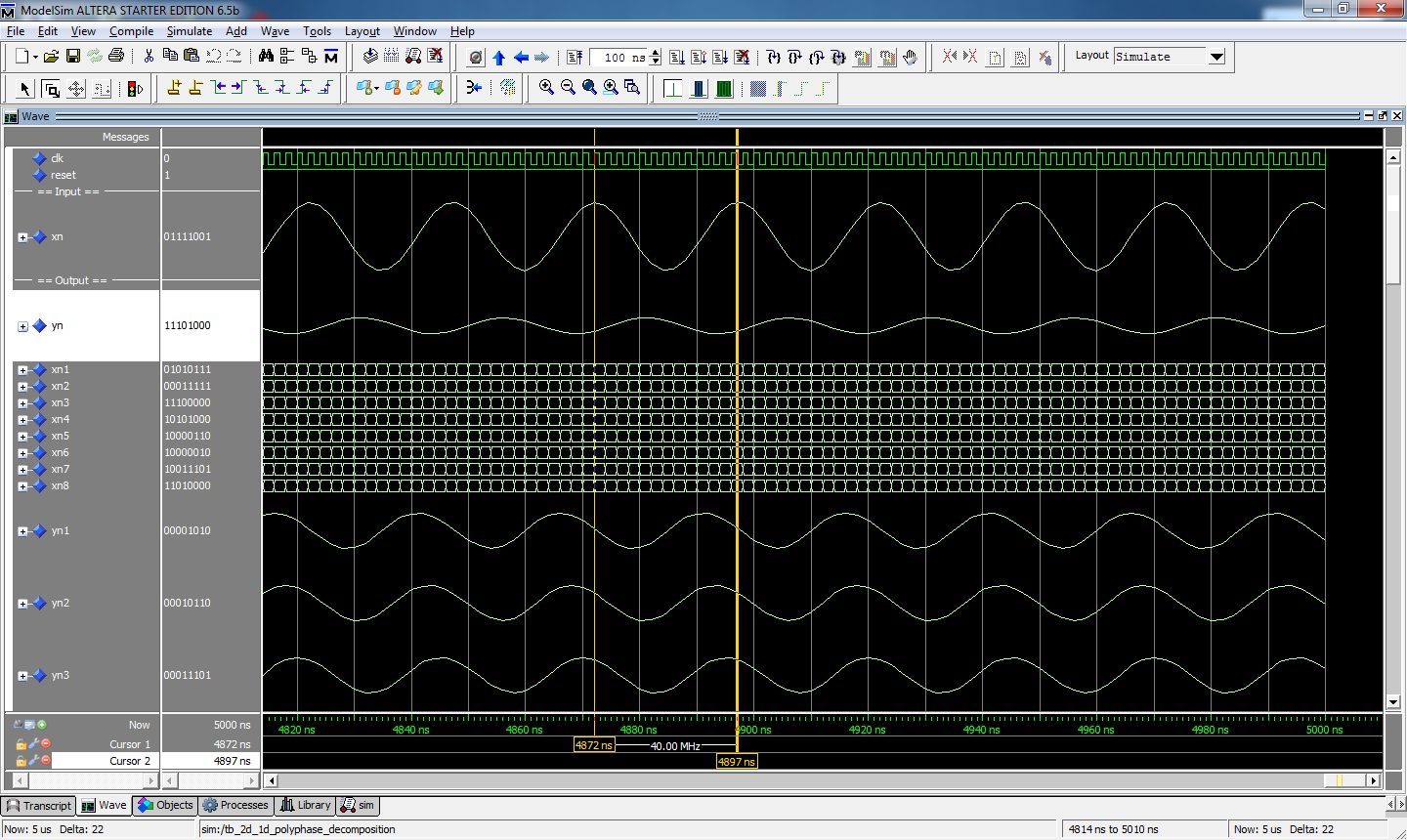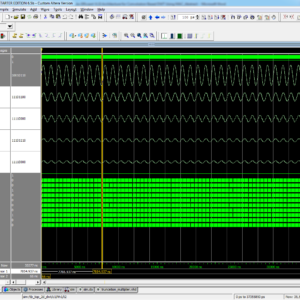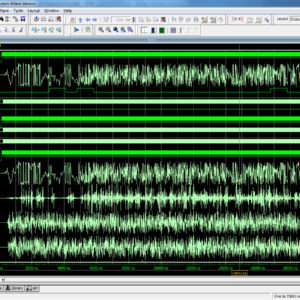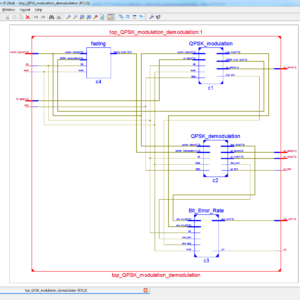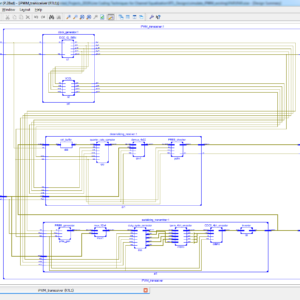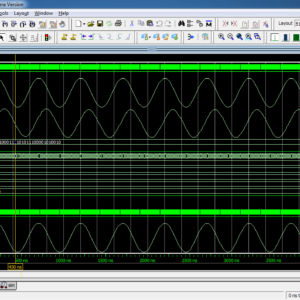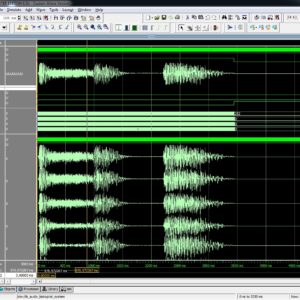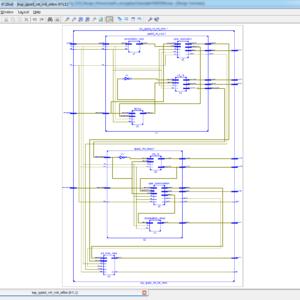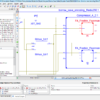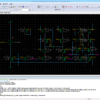Proposed Title :
FPGA Implementation of 2D polyphase Decomposition and Farrow Structure FIR Filter using Truncation Multiplier
Improvement of this Project:
To implement 2D Polyphase Decomposition FIR Filter using Truncation Multiplier
To implement 2D Farrow Structure FIR Filter using Truncation Multiplier
Software implementation:
- Modelsim
- Xilinx 14.2
Proposed System:
In this recent digital signal processing applications, will have lot of filter designs in finite impulse response method, in such as it will take more complexity in 2D domain thus it will take more hardware complexity in crucial area and more critical paths, here this proposed work will presents a Farrow structure based interpolation filter design using the polyphase decomposition of 1D filter which effectively utilized in 2D digital domain, here this polyphase decomposition and Farrow structure will implemented using truncation multiplier, this truncation method will reduced the hardware complexity in internal and external part of multiplication and additions, thus it will provide n x n of n output in all sub filters. Finally this work presents in VHDL and synthesized in XILINX FPGA, and compared in terms of area, delay and power.
” Thanks for Visit this project Pages – Buy It Soon “
Low-Complexity 2-D Digital FIR Filters Using Polyphase Decomposition and Farrow Structure
“Buy VLSI Projects On On-Line”
Terms & Conditions:
- Customer are advice to watch the project video file output, before the payment to test the requirement, correction will be applicable.
- After payment, if any correction in the Project is accepted, but requirement changes is applicable with updated charges based upon the requirement.
- After payment the student having doubts, correction, software error, hardware errors, coding doubts are accepted.
- Online support will not be given more than 3 times.
- On first time explanations we can provide completely with video file support, other 2 we can provide doubt clarifications only.
- If any Issue on Software license / System Error we can support and rectify that within end of the day.
- Extra Charges For duplicate bill copy. Bill must be paid in full, No part payment will be accepted.
- After payment, to must send the payment receipt to our email id.
- Powered by NXFEE INNOVATION, Pondicherry.
Payment Method :
- Pay Add to Cart Method on this Page
- Deposit Cash/Cheque on our a/c.
- Pay Google Pay/Phone Pay : +91 9789443203
- Send Cheque through courier
- Visit our office directly
- Pay using Paypal : Click here to get NXFEE-PayPal link

